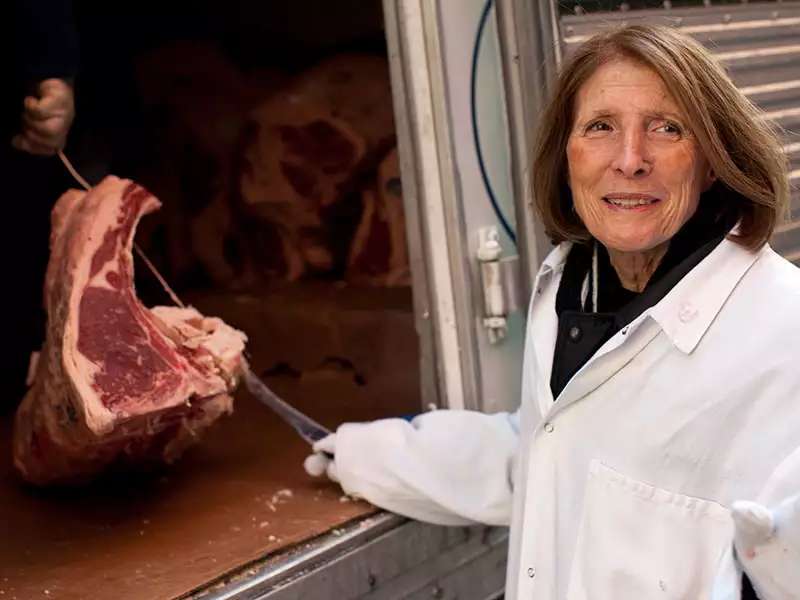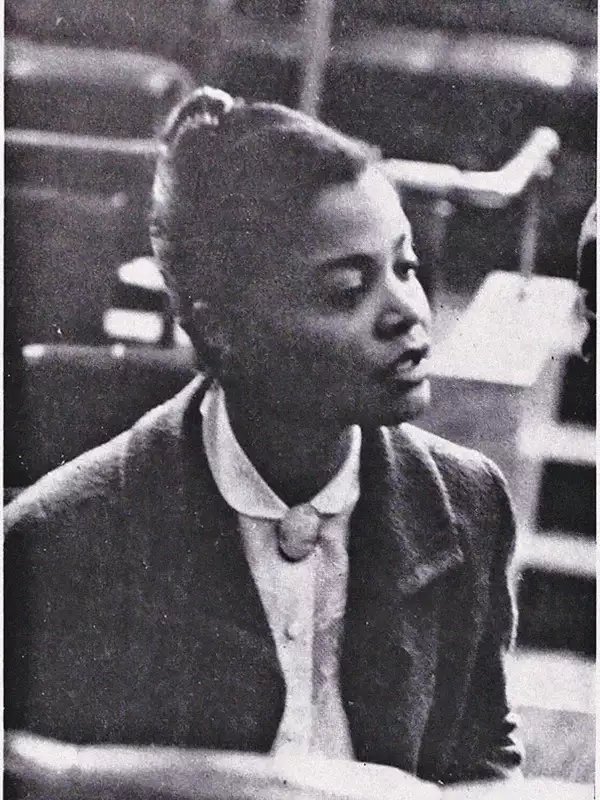
Marilyn Forman Spiera ’59, famed Peter Luger restaurateur, preserved family traditions

Lila Fenwick ’53, who dedicated her career to human rights advocacy, overcame formidable barriers to become the first Black woman to graduate from Harvard Law School in 1956 — only six years after the school began admitting women. Fenwick died on April 4, at the age of 87, due to complications related to COVID-19.
She was born in Manhattan on May 24,1932, to John and Hilda Fenwick, who had emigrated from Trinidad, reported The New York Times. Law beckoned Fenwick from an early age, and she remained steadfast in her commitment to become a lawyer. “It never occurred to me that there were going to be any obstacles,” Fenwick told the Harvard Law Bulletin in 2000.
Upon graduating from Barnard in 1953, she entered Harvard Law School, where she was among a small number of women in her class. The environment was hostile, particularly for Fenwick, who experienced “a lot of resistance while there based on race and gender,” explained David Colby Reed, her cousin and legal guardian, to the Harvard Law Bulletin. But even in the face of these challenges, Fenwick flourished and went on to study at the London School of Economics.
Soon after completing her education, she joined the United Nations, where she later assumed the role of chief of the Division of Human Rights, specializing in protections for indigenous populations and the study of racial, gender, and religious discrimination.
“Lila Fenwick was an extraordinary leader who devoted her career at the United Nations to protecting the human rights of all people across the globe,” Harvard Law School dean John F. Manning wrote in a press release. “Her leadership, humanity, and wisdom will be sorely missed.”
Fenwick’s accomplishments were widely recognized. She was one of 50 trailblazing women graduates of Harvard Law school to be featured in Harvard Law Bulletin’s article “Nifty Fifty,” in celebration of the school’s 50th anniversary of admitting women. And she was in good company: Right below her photograph and bio is Supreme Court Justice Ruth Bader Ginsberg CLS ’59.
“She just knew how she wanted to live and lived the way she wanted to,” said Reed.
And by following her calling, she opened countless doors for Black women in the legal field. Reed told the Harvard Crimson that her wish was to leave her estate to scholarships and academic programming that supports the achievements of Black women in higher education. “She would want to be remembered for that belief in that kind of patronage of and cultivation of a new generation of leaders,” said Reed.